Born to Kill/1947/RKO/83 min.
Most men are turnips.
So says soigné and sassy femme fatale Helen Brent (Claire Trevor) in RKO’s “Born to Kill” from 1947, directed by Robert Wise.
Most men, perhaps, but not the homme fatale she falls for. No, strapping tough-guy Sam Wild (Lawrence Tierney) isn’t a turnip. What’s the word I’m looking for? Parsnip? Potato? I know: Psycho! And in Helen he finds his ideal match.
This damned and dirty pair meet on a train from Reno to San Francisco. Helen’s just gotten a divorce (as her lawyer puts it, the bonds of matrimony can weigh heavily on one’s soul). Sam’s a little stressed as well, having just murdered his girlfriend du jour Laury Palmer (Isabel Jewell) and her date in a fit of jealousy.
In San Fran, Sam shows up uninvited (well, sort of) at her place. Helen neglected to mention that she’s engaged to boring but wealthy and well-bred Fred Grover (Phillip Terry, married to Joan Crawford from 1942 -46 and stepfather to Christina Crawford). So Sam pursues Helen’s upper-crust foster sister Georgia Staples (Audrey Long).
They’re joined in San Francisco by Sam’s sidekick, Marty Waterman (the ever-eerie Elisha Cook Jr.). Also stirring things up is delightfully sleazy private eye Albert Arnett (Walter Slezak) who’s been hired by Laury’s friend, Mrs. Kraft (the always-great Esther Howard as the hard-drinking floozy), to investigate the murders.
Helen and Sam make no pretense of actually loving Fred and Georgia – they want to share their partners’ wealth and keep their secret lust alive. “Your roots are down where mine are,” Sam tells Helen. So they flirt, fight, and play games, natch. For example, after Helen figures out that Sam killed poor Laury and her hapless date, they share a passionate embrace in which they exchange grisly details from the crime, clearly a turn-on for them both. Of course, a relationship this demented is bound to burn out sooner rather than later and their road to self-destruction makes a pretty good yarn.
Produced by Dore Schary and written by Eve Greene and Richard Macaulay from James Gunn’s novel “Deadlier than the Male,” the movie failed to impress American critics upon its release. Wise, who also directed the noirs “The Set-Up” and “Odds Against Tomorrow” along with many other films (most notably Oscar winners “West Side Story” and “The Sound of Music”) started as an editor (“Citizen Kane”). He does not show enormous visual flair in “Born to Kill.”
But on the plus side, the characters and cast along with a sharp dialogue, make this worth watching. (It’s also a good example of a film noir title that explores American class tensions, something that most Hollywood movies consistently overlooked.)
Noir stalwart Trevor (perhaps most famous for her similar role in “Murder, My Sweet”) shines here as Helen, lavishing her lines with comely cynicism. Tierney’s a bit one-note as the cold-blooded killer but he brings a riveting intensity and realness to the part. Apparently, Brooklyn-born Tierney, son of an Irish cop, was known as a bit of a thug offscreen as well, prone to heavy drinking and fighting, which damaged his career. On the DVD commentary, director Wise describes him as a “good actor but a rough character.”
Still, Tierney didn’t vanish into the Hollywood mist and he continued to act in smaller roles. Quentin Tarantino recruited him for “Reservoir Dogs” and he showed up on “Seinfeld” as Elaine’s father. Time didn’t do much to mellow him – he was reportedly difficult and belligerent.
But it’s Esther Howard who steals the show. My favorite scene comes when Marty tries to put her out of the picture by luring her out to a remote sand dune. Mrs. Kraft might be sloshed a lot of the time but Marty learns the hard way that she’s no pushover.
At a mere 83 minutes, “Born to Kill” is crisp, fast and fun.

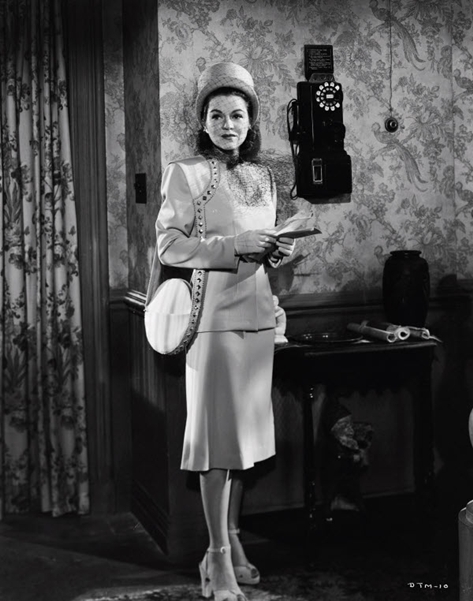
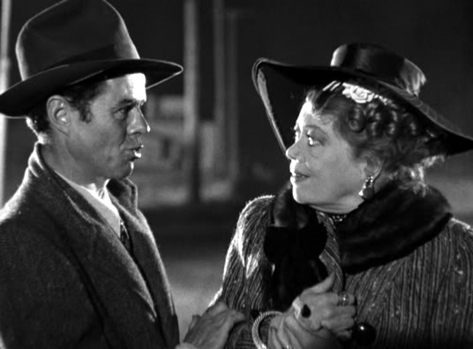





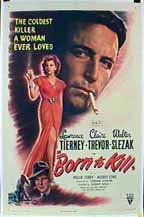
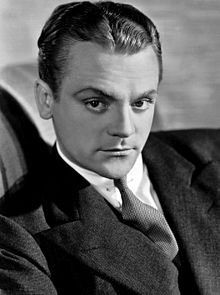
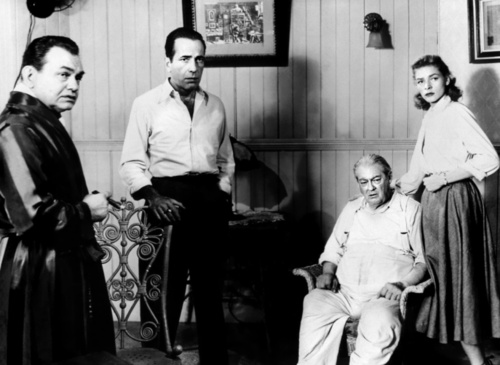
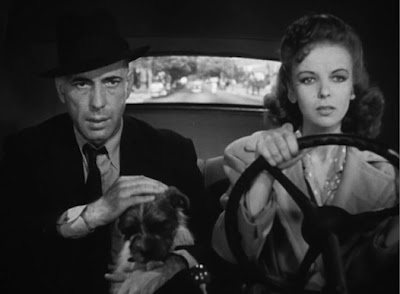
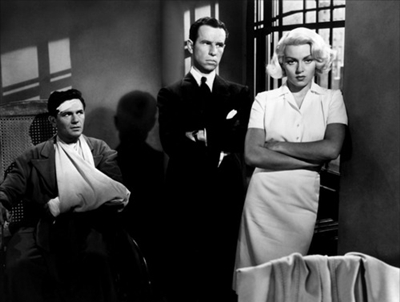
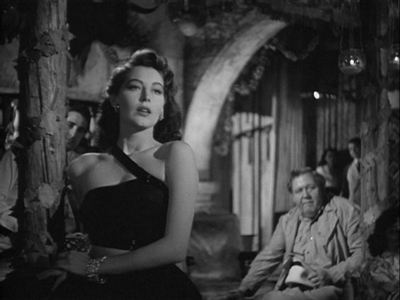
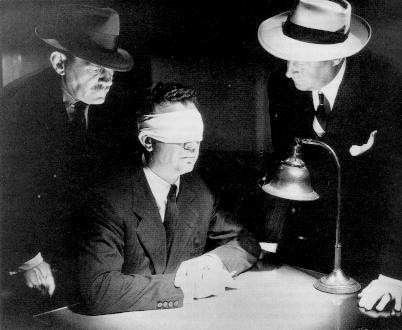
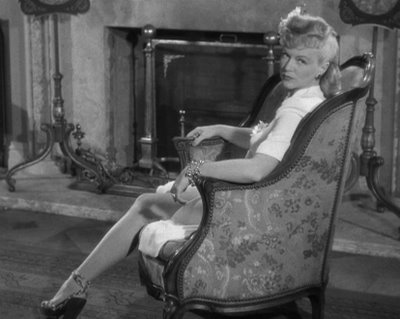
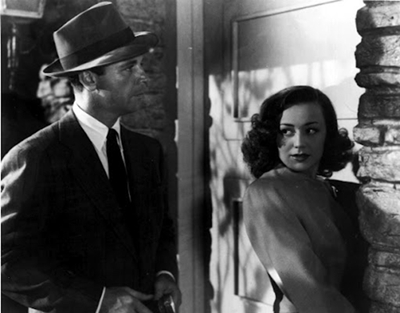
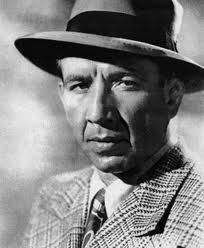
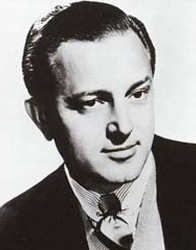
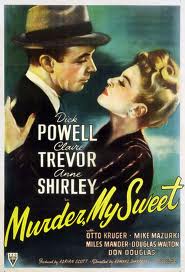





From FNB readers